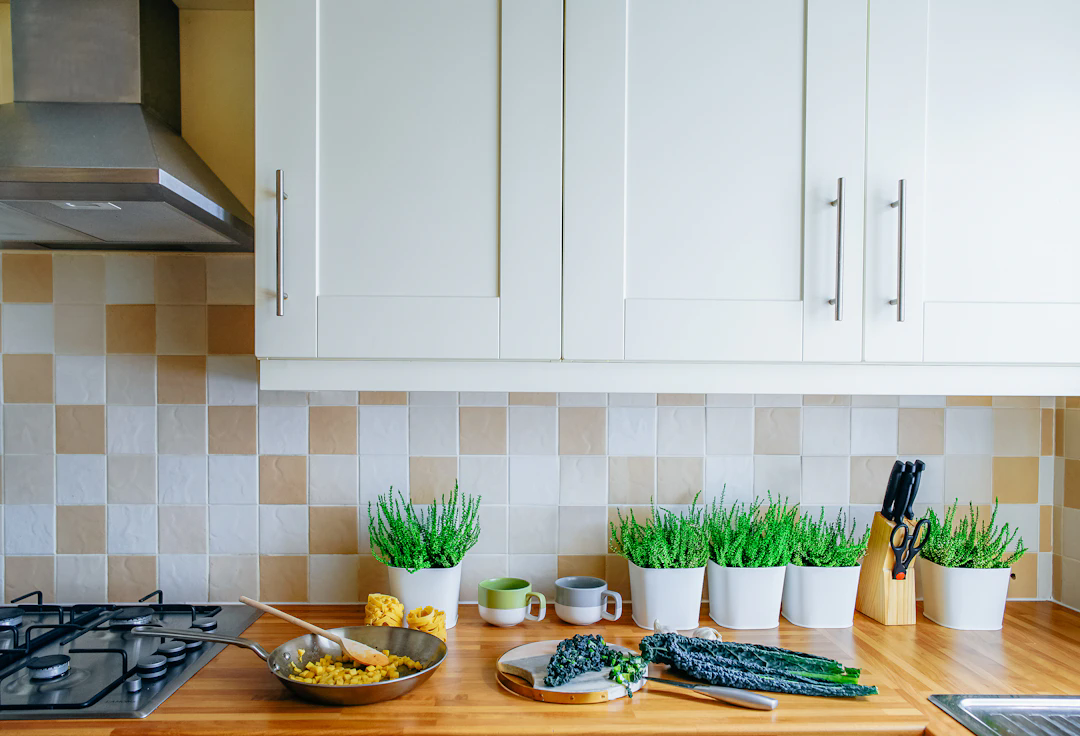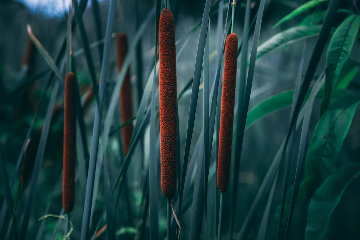It’s easy to see why Seattle homes—from cozy apartments to airy studios overlooking Elliott Bay—seem to brim with greenery all year round. After a morning spent sketching kelp fronds at the local aquarium, I’m always struck by how the humble houseplant brings both visual interest and a dose of tranquility to our indoor landscapes. Evidence suggests that plants don’t just pretty up the place; they contribute to a living environment that supports both body and mind.
Research confirms that filling your indoor space with foliage can improve mood, reduce fatigue, and lower stress and anxiety levels. It’s not just anecdotal: studies highlight enhanced office performance, increased focus, and even a gentle boost in pain tolerance simply by surrounding ourselves with plants. I’ve found that even just tending to my own pothos or snake plant can make the difference between a frazzled day and a manageable one.
One of the lesser-celebrated superpowers of houseplants is their ability to purify the air. Many favorites—from robust peace lilies to cheerful spider plants—are surprisingly efficient at absorbing pollutants like formaldehyde and benzene. In fact, NASA has run extensive studies on these abilities, and their findings suggested that between 15 and 18 plants can significantly improve air quality in a standard Seattle home. Don’t worry—if your windowsills can’t accommodate a full rainforest, even a handful of green friends make a difference.
Beyond just cleaning the air, plants help maintain indoor humidity by releasing gentle wafts of vapor. This boost in moisture is a clever way to ease dry skin and soothe throats stressed by indoor heating, especially during our chillier seasons. According to Washington State University’s Dr. Virginia Lohr, filling as little as two percent of a room with plants can start offering tangible rewards.
Plants at Home: Practical Tips
Seattle’s gray skies sometimes leave us starved for natural vitamin D, but houseplants thrive as long as you understand their needs. Place your pots near windows to maximize available sunlight, and pay attention to seasonal fluctuations in temperature and humidity. Not sure where to start? Here’s a quick table of beginner-friendly beauties I often recommend to friends and newcomers alike:
| Plant Name | Key Benefit | Light Requirement |
|---|---|---|
| Snake Plant | Air purification, easy care | Low to medium |
| Pothos | Boosts humidity, fast grower | Low to bright |
| Spider Plant | Removes formaldehyde | Bright, indirect |
| Peace Lily | Reduces mold spores | Low to medium |
Want to amplify the benefits? Consider grouping plants where you spend the most time—say, next to your reading chair or near your home office desk. NASA’s advice of keeping plants within six to eight feet of where you sit offers the best shot at fresher, more oxygen-rich air.
Tending houseplants isn’t just about improving the physical environment; it’s a mindful ritual in its own right. I like to pause when watering, observing leaf patterns and growth as a short, calming break from daily bustle. Studies have shown that even small interactions—touching leaves or simply taking the time to breathe deeply among your plants—can help lower heart rate and elevate mood.
Cultivating Joy: Health and Happiness
People naturally gravitate toward nature, a phenomenon researchers call biophilia. In my own life and volunteering, I see how small touches—like a jade plant in a kitchen window or a maidenhair fern beside the bathtub—rekindle our fondness for the outdoors. Urban dwellers especially can benefit, as indoor plants act as tiny bridges to the forests and shores just outside our city, making each breath feel a little lighter.
For those in the midst of long Seattle winters, it’s comforting to remember that the simple act of nurturing a plant can help reduce anxiety and push back the seasonal gloom. Plant care is a gentle exercise in mindfulness, offering a reminder to slow down and invest care, one watering at a time. And even if your green friends don’t always look picture-perfect, don’t fret—imperfection is part of their charm.
If you’re eager to learn more, let Happy Garden Projects be your north star. From comprehensive care guides to practical tricks for every season, our resources are designed to empower you to cultivate both a thriving indoor jungle and a happier, healthier living space—plant by plant.
References:
[1] Swansons Nursery, 'The Top 7 Health Benefits Of Houseplants'.
[2] The Seattle Times, 'Houseplants: A natural way to clear the air.'
[3] NASA, 'Interior Landscape Plants for Indoor Air Pollution Abatement.'
Read More

Ingrid Felton
Author
Born in a small coastal town in Maine, Ingrid Felton spent her formative years exploring tide pools and sketching sea birds. She earned a degree in marine biology before transitioning to work as a scientific illustrator, blending her love for the ocean with her artistic skills.
In her thirties, Ingrid moved to Seattle, where she balances freelance contracts with volunteering at local environmental organizations. She is known among peers for her detailed watercolors and her advocacy for sustainable marine practices.


